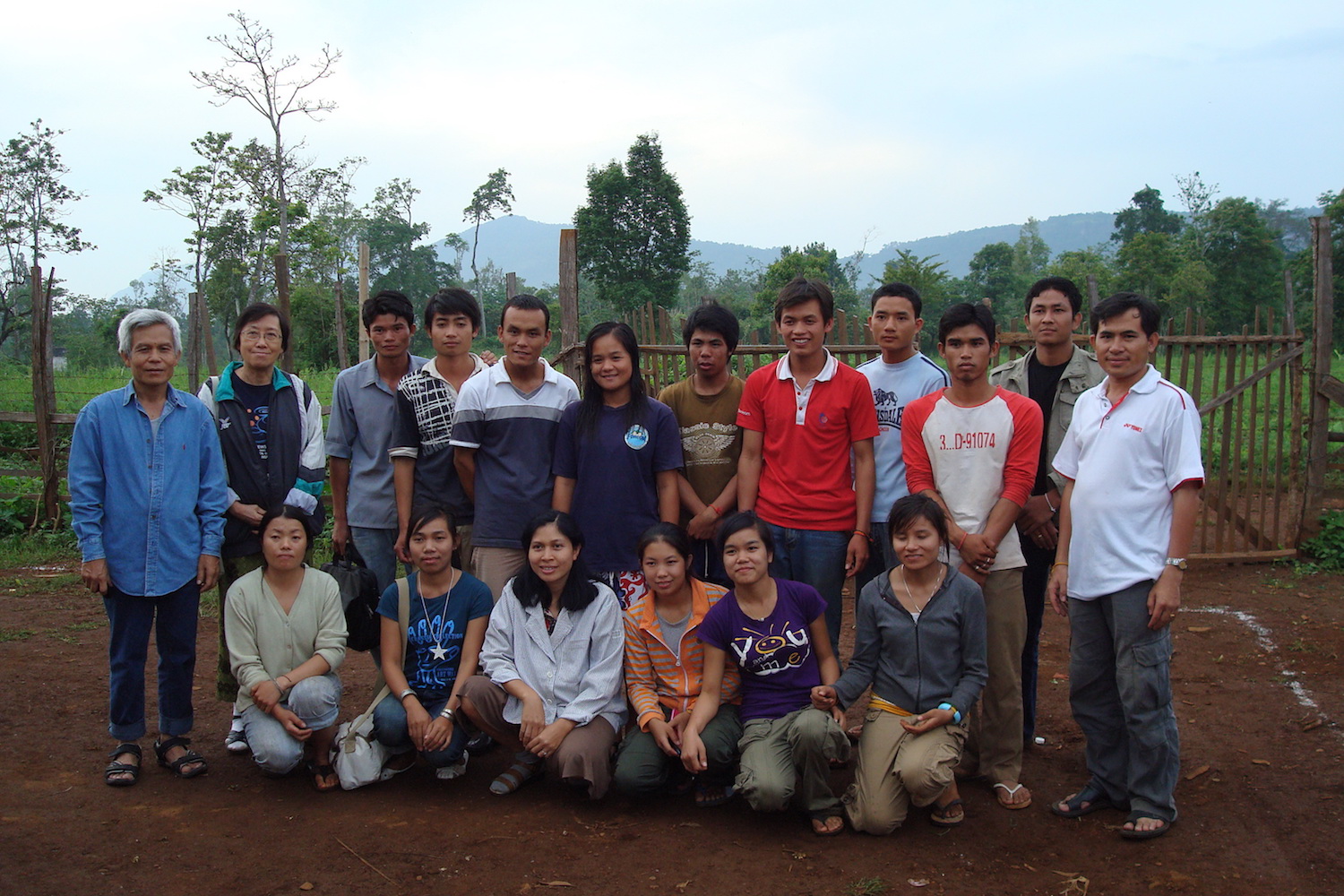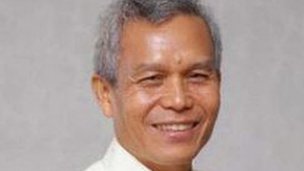Officials of one-party state almost certainly behind abduction even though Sombath Somphone took care to never challenge the government
BY JONATHAN MANTHORPE
It’s hard to guess when Sombath Somphone crossed the line from being an accepted and cherished champion of rural development in Laos, to becoming a perceived threat to the one-party Communist state.
But that’s what happened.
 Early in the evening of Dec. 15 as Sombath was driving home in his Jeep from his office in the Lao capital Vientiane he was stopped at a police checkpoint on Thadeua Road, which runs by the Mekong River.
Early in the evening of Dec. 15 as Sombath was driving home in his Jeep from his office in the Lao capital Vientiane he was stopped at a police checkpoint on Thadeua Road, which runs by the Mekong River.
A few minutes later a man rode up on a motorcycle, parked it and drove off in Sombath’s jeep.
Then a pickup truck arrived at the checkpoint, Sombath got in, the truck drove off and he has not been seen or heard from since.
Others have disappeared in questionable circumstances in Laos, which, after the moves to civilian rule in Burma and economic reforms in Vietnam, remains the most recalcitrant one-party state in Southeast Asia. Continue reading “Laos government silent on abduction of rural development campaigner”







